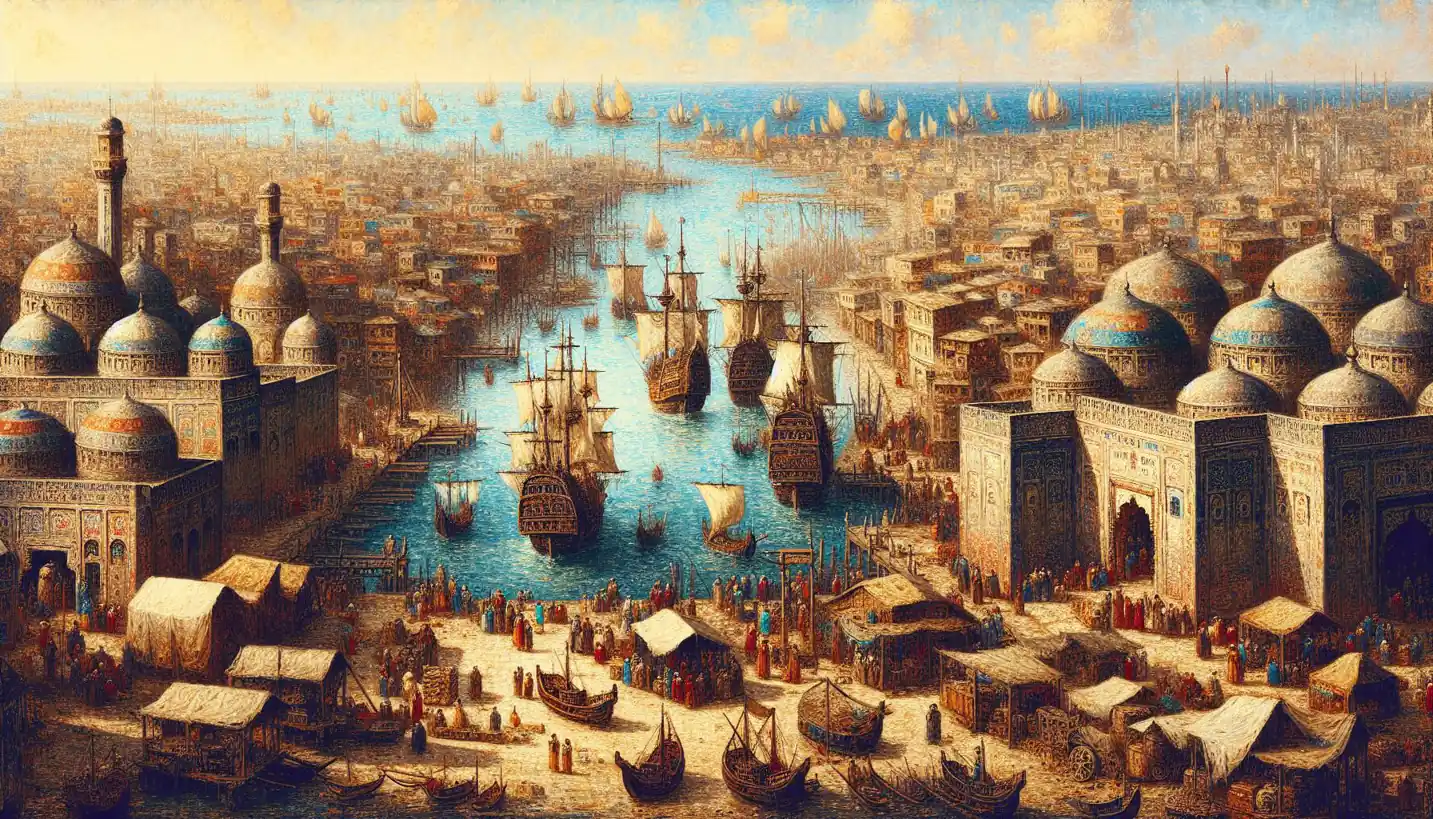· History · 4 min read
Polyphony in Postcolonial History: A Symphony of Voices
Immerse yourself in the vibrant polyphony of postcolonial history, where multiple voices weave a harmonious narrative. Discover a symphony of diverse perspectives.

Polyphony might sound like a term best suited for music, but in the world of postcolonial history, it takes on a vibrant and complex meaning. It refers to the multitude of voices, stories, and perspectives that emerge when we explore the histories of societies shaped by colonialism.
What is Polyphony in Postcolonial History?
Think of a choir where every singer offers a distinct voice, yet together they create a harmonious whole. In the context of postcolonial history, polyphony represents the diverse narratives stemming from the colonial past. Instead of a single story told by those in power, we embrace the varied experiences of colonized peoples, celebrating the richness and complexity of their historical journeys.
The Importance of Multiple Perspectives
Historically, colonial narratives were dominated by the voices of the colonizers. These stories often painted a one-sided picture, neglecting or silencing the experiences of the colonized. By focusing on polyphony, historians aim to bring those marginalized voices to the forefront, giving them the recognition they deserve.
Consider, for instance, the Indian independence movement. Traditional narratives might highlight the efforts of prominent leaders, but a polyphonic approach delves deeper. It uncovers the stories of grassroots activists, women, tribal communities, and others whose roles have been less acknowledged. This creates a fuller and more inclusive picture of the past.
How Polyphony Shapes Our Understanding of History
By embracing this concept, we gain a richer understanding of historical events. Polyphony challenges us to acknowledge the complexities and contradictions inherent in human experiences. This isn’t just about adding voices; it’s about changing the narrative landscape, offering a multi-dimensional view where before there was a flat tale.
Take the African continent’s colonial past. A polyphonic approach reveals not just the challenges and hardships faced but also the resilience and creativity of the people. It shows how local cultures intertwined with foreign influences to create unique societal blends.
Stories of Resistance and Resilience
One of the most compelling aspects of polyphony is the emergence of stories centered on resistance and resilience. Throughout history, colonized peoples have shown incredible strength, adapting to and resisting oppressive regimes. These narratives of defiance and hope provide inspiration and offer lessons in perseverance.
In the Caribbean, for example, the stories of Maroon communities—enslaved Africans who escaped and formed autonomous settlements—demonstrate this power of resistance. These voices tell of cultural survival and the will to maintain identity despite overwhelming odds.
Why Polyphony Matters Today
In a world that’s increasingly interconnected, understanding polyphony can have profound contemporary implications. It fosters empathy by allowing us to see through the eyes of others, appreciate different perspectives, and question dominant narratives that often go unchallenged.
Moreover, in societies grappling with the legacies of colonialism, polyphony can be healing. By recognizing and valuing the multitude of voices that have shaped our world, we take a step towards reconciling with the past and building a more inclusive future.
Encouraging Further Exploration
If you’re curious about how polyphony can reshape your understanding of history, consider exploring personal stories, diaries, and oral histories from postcolonial contexts. Dive into the cultural expressions—literature, music, art—that offer rich, alternative viewpoints on historical events.
Ask yourself: How does my understanding change when I consider these voices? What new insights do I gain?
The Evolving Symphony
As we continue to delve into the histories shaped by colonialism, the polyphonic approach is like an evolving symphony. Each discovered voice adds to the richness of the arrangement, challenging us to listen, reflect, and learn.
In embracing the polyphony of postcolonial history, we not only honor the voices of the past but also ensure they resonate in our present and future understanding of the world.
The beauty of polyphony lies in its ability to transform our perception of history from a monologue into a dialogue—an ongoing conversation rich with diversity and depth.


